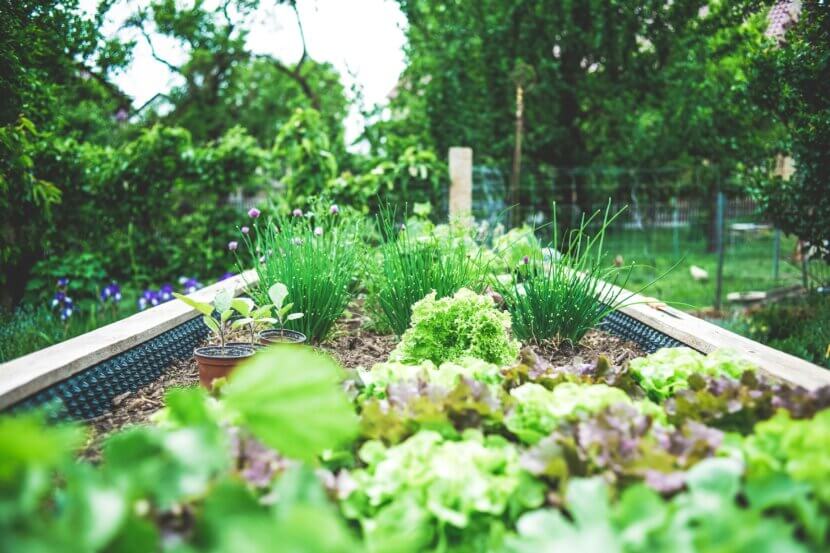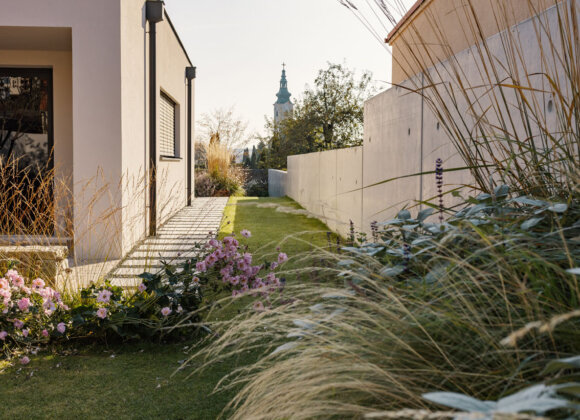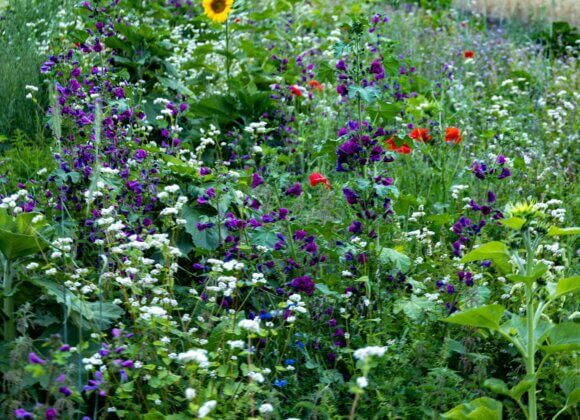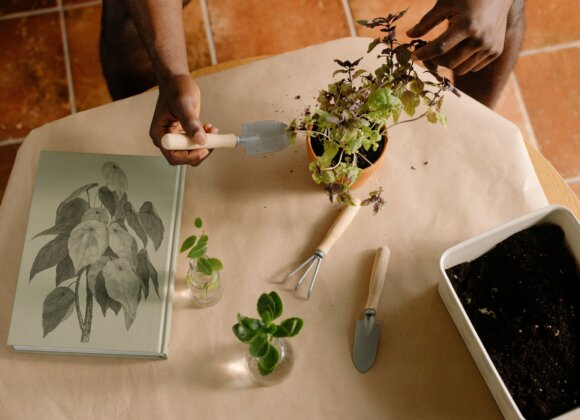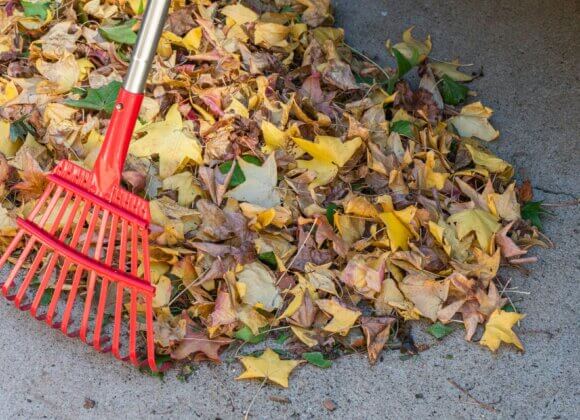If you want to garden in harmony with nature, you will soon end up with permaculture. The aim is to transform the garden into a diverse, natural and self-regulating ecosystem. We tell you what is important when creating a permaculture garden.
Natural gardens are in vogue. Instead of English lawns, flowering meadows are increasingly pleasing to the eye and mixed rather than monocultures can be found in flowerbeds. The move towards ecological gardening is no coincidence: by avoiding the use of chemicals and promoting natural processes, a healthy habitat is created for plants and animals. This in turn helps to promote biodiversity, conserve resources and protect the climate. There are numerous ways to do this – the term “permaculture” is increasingly being used in this context.
“Permaculture” briefly explained
The term “permaculture” is derived from the two English words “permanent” and “(agri)culture”. The two Australians Bill Mollison and David Holmgren have developed a concept for sustainable horticulture and agriculture under this name. Gardeners and farmers take natural cycles and ecosystems as a model and imitate them. The aim of permaculture is to create a system that respects and combines the needs of people, animals and plants. To this end, permaculture gardeners rely on organic cultivation, mulching, composting and recycling, they promote diversity in all areas, avoid waste wherever possible and use existing resources. In order not to disturb the balance of this ecosystem, it should be interfered with as little as possible later on.
How do you create a permaculture garden?
Before drawing up concrete plans for the garden, you should first get to know it in detail. This includes getting an overview of the soil, wind, light and shade conditions, climatic conditions and the like. It is also important to find out which animals already call the garden home and to clarify what purpose it should primarily serve. The next step is to divide the garden into zones that fulfill several functions.
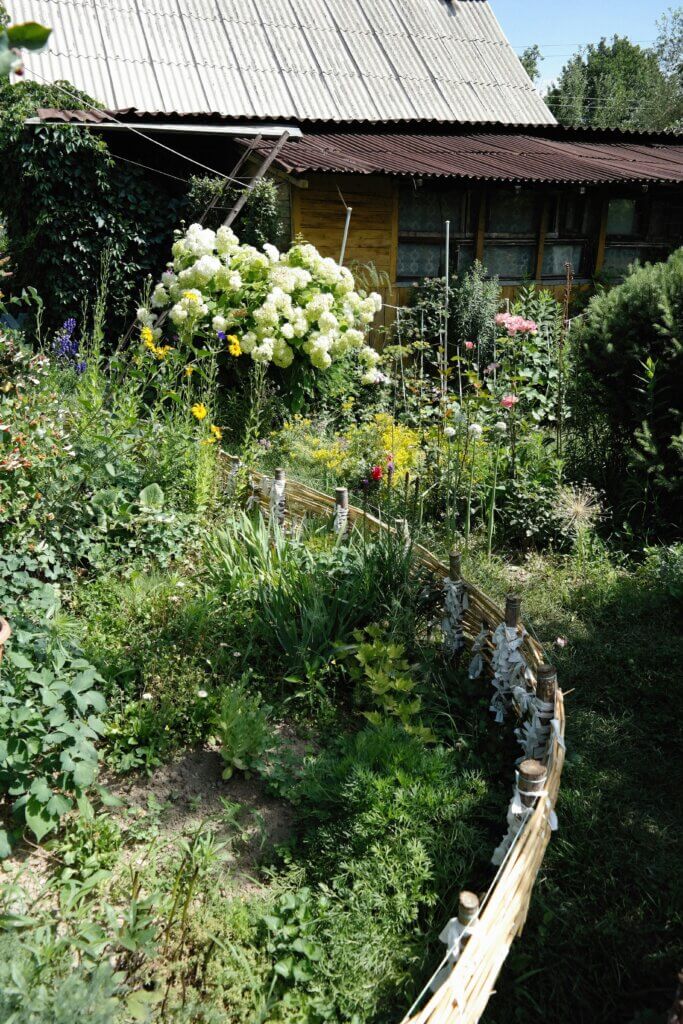
The zones in the permaculture garden
The zones help to divide the plot into different areas, which are structured according to the intensity of their use and care. The more work is involved or the more often the plants are used, the closer the zone should be to the house – this applies to the herb garden, zone 1, for example.
Zone 2 is home to plants that require frequent but not daily watering, while zone 3 is reserved for vegetables and fruit such as potatoes, corn or berry bushes that need more time to grow.
Zone 4 is reserved for plants that are only harvested once a year and require little maintenance. A flower meadow can also be accommodated here. Finally, zone 5 is the so-called nature zone, an area in which humans hardly ever intervene. Insect hotels, nesting aids and the like can be placed here.
Before you throw in the towel because of the size or smallness of your plot, your permaculture garden does not have to have all five zones. However, a few square meters of wilderness are definitely beneficial even in a small garden.
Does the whole garden have to become a permaculture garden?
No, the garden can of course also be gradually converted. Creating a raised bed, a herb spiral or a pile of dead wood, for example, is a good start. Turning the English lawn into a flower meadow or simply letting the weeds growing in it sprout is also a step in the right direction. Permaculture can also be implemented in a single raised bed, even on a balcony in the city.
Existing benefits
Waste nothing and use what you have – these are two fundamental components of the permaculture concept. This also applies if you are converting an existing garden to permaculture: For example, integrate existing plants into your new permaculture garden. However, using what is already there does not only apply to plants: instead of buying new climbing aids, garden fences can be used as climbing aids.
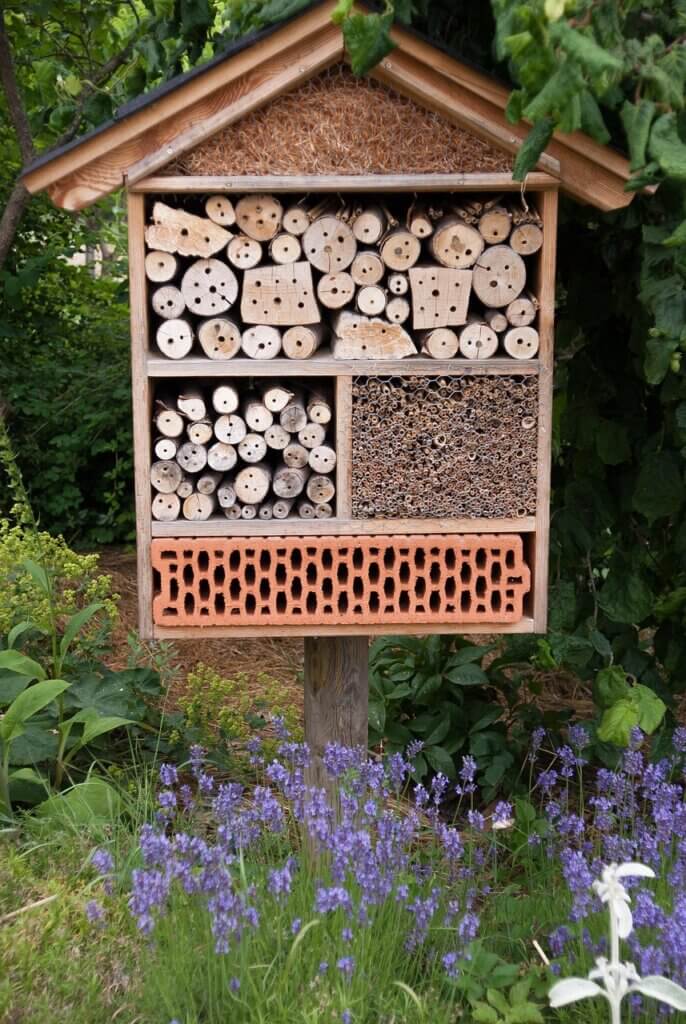
Does permaculture involve digging?
No. Those who follow the principle of permaculture do not dig up beds and other areas; loosening is sufficient. To give weeds no chance, the soil should be mulched with organic material.
Which plants are suitable for permaculture?
In a permaculture garden, there is generally room for all plants. However, preference should be given to perennial plants where possible. When planting, it is important to find the most suitable location for each plant within the respective zone and to find suitable neighbors according to the rules of mixed cultivation (see also: The best partners in the vegetable patch).


